Base metals on LME edge higher today
Main events in today’s market:
- Oil volatile on expectations of OPEC’s final decision
- Rate hike odds drop after Fed signals gradual tightening
- Global stocks move higher after Fed minutes, OPEC in focus
- K. economic growth revised lower in first quarter
- Bitcoin rally keeps going; tops $2,600
For further info on these subjects, visit: http://www.investing.com
LME Morning trade
In comparison with yesterday, LME base metal prices went up in today’s morning trade. Those were the slight improvements in prices after yesterday’s weakness.
Yesterday, LME Prices closed down an average of 0.7%. It happened mainly due to Moody’s downgrade of its rating on China. Nickel survived the strongest hit with a 2.4% drop. However later it has marginally recovered, right this morning, trading $45 per tonne higher.
Nevertheless yesterday’s slight lift in dollar price, it has again fallen. And it is currently trading at 96.91. The lower dollar prices are giving back up to the base metal prices.
Most noteworthy, the US Federal Open Market Committee’s (FOMC) May meeting minutes are currently showing some uncertainty over the outlook for US rate increases after June.
“As always, China sentiment this afternoon remains key but assuming that there isn’t [a] complete meltdown. I feel the macro tone will see some demand creep into the base complex on the open of Europe with some key resistance within reach on many metals here just above current levels.” (Matt France at Marex Spectron.)
Copper, aluminium and tin retrieved upwards momentum. Later, the lead was little changed at $2,077 per tonne. The only anomaly was a minor decline in zinc as it slipped $4 lower this morning.
Copper price stabile
Observing the LME three-month copper price, it was up $16 to $5,898 per tonne. Later the concerns over Chinese copper demand have gained higher levels once more, following a 30% slump in the country’s red metal imports. It happened during the first four months of the year.
China imported 202,626 tonnes of refined copper in April. China April imports saw a decrease 40.7% year-on-year. Observing copper trade and production, the Grasberg mine workers are planning a strike for a month longer. Extending it until July this year. Copper stocks fell a net 4,100 tonnes to 321,575 tonnes.
Base metals up
Regarding the three-month aluminium price, it rose $11.50 this morning to $1,956.50 per tonne. In terms of stocks, they continued to tumble. Falling a further 9,475 tonnes to 1,470,550 tonnes.  Nickel gained some strength after yesterday’s $245 per tonne dive, it was up $45 to $9,145 per tonne. Stocks fell 954 tonnes to 383,844 tonnes.
Nickel gained some strength after yesterday’s $245 per tonne dive, it was up $45 to $9,145 per tonne. Stocks fell 954 tonnes to 383,844 tonnes.
Observing the zinc prices, they dethroned the trend with a $4 decline; it is currently trading at $2,631 per tonne. Stocks fell 1,525 tonnes to 335,875 tonnes. Lead’s three-month price was little changed. Going up just $1 per tonne to $2,077. Stocks were down 100 tonnes to 183,400 tonnes. The three-month tin price gained $90 to trade at $20,465 per tonne. Stocks were unchanged at 2,060 tonnes.

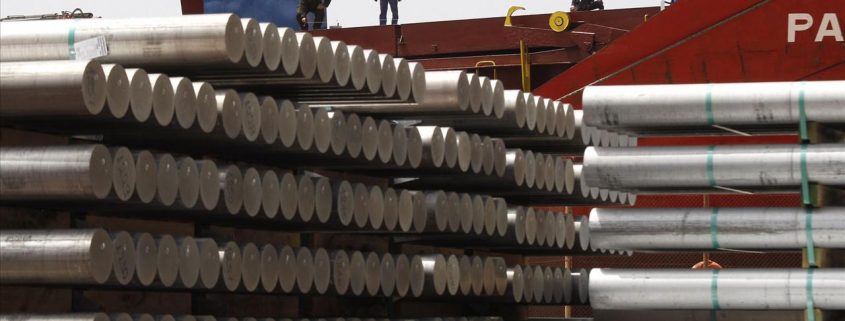

 t the decline in Chinese refined copper imports in April will limit how much prices can rebound…”
t the decline in Chinese refined copper imports in April will limit how much prices can rebound…”

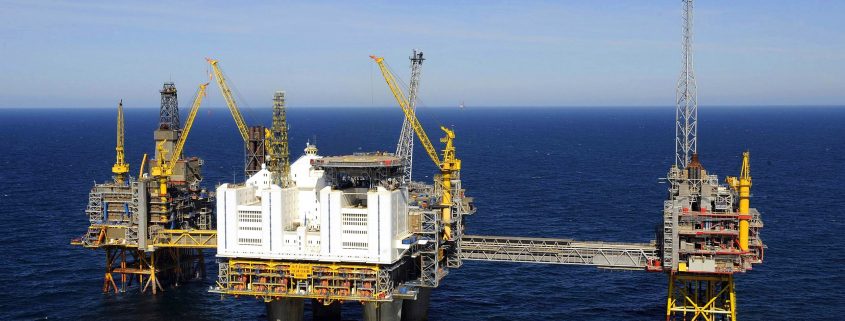



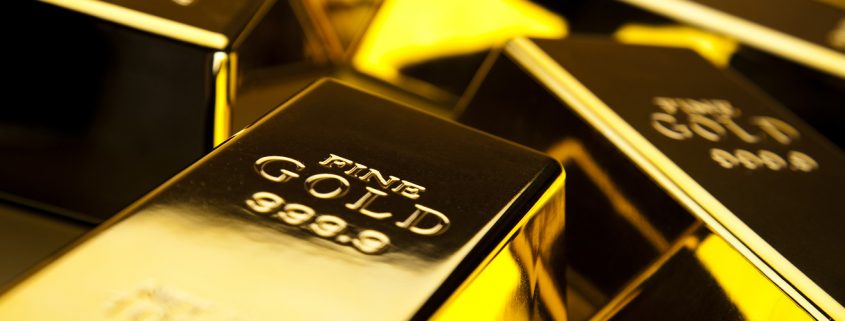
 Which certainly would not be good for U.S. economy.
Which certainly would not be good for U.S. economy.

 It is the Environmental Protection Authority. According to info found on their official site, the company asked to clear 842 hectares (2,080 acres) for two open pit mines.
It is the Environmental Protection Authority. According to info found on their official site, the company asked to clear 842 hectares (2,080 acres) for two open pit mines.



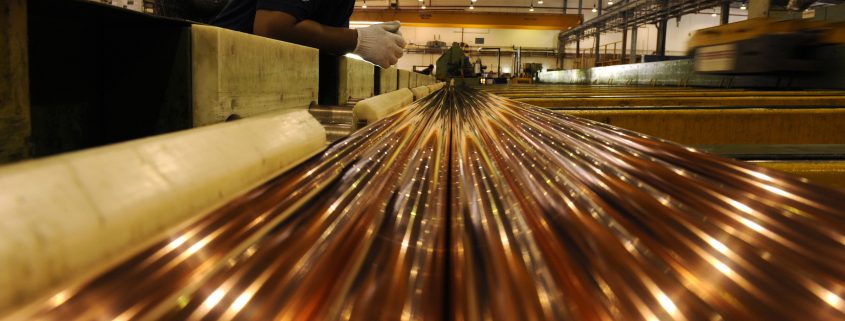



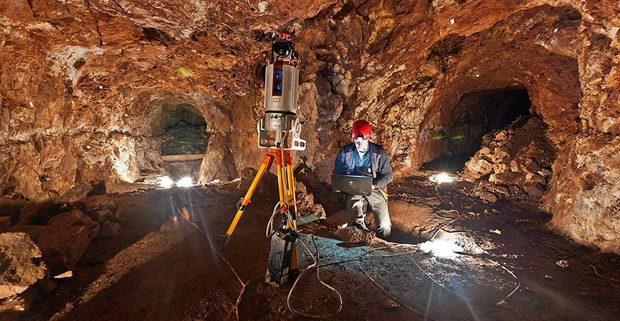
 I think the reaction and the commitment you are seeing from the Mongolian government over the last two weeks to repeal this tax, it shows its firm commitment to really get the foreign investments going and particularly that is very much settled on the mineral exploration and the mining industry in Mongolia.” Andrew Stewart, CEO of Xanadu Mines said.
I think the reaction and the commitment you are seeing from the Mongolian government over the last two weeks to repeal this tax, it shows its firm commitment to really get the foreign investments going and particularly that is very much settled on the mineral exploration and the mining industry in Mongolia.” Andrew Stewart, CEO of Xanadu Mines said.



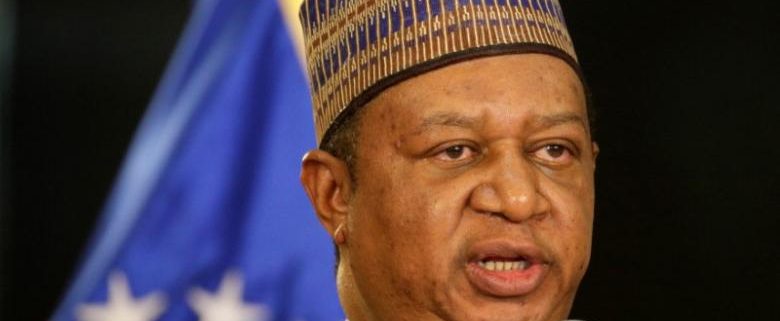

 They also met top trading houses Vitol and Litasco in Vienna in November, before the previous OPEC meeting. (According to some non-official news.)
They also met top trading houses Vitol and Litasco in Vienna in November, before the previous OPEC meeting. (According to some non-official news.)